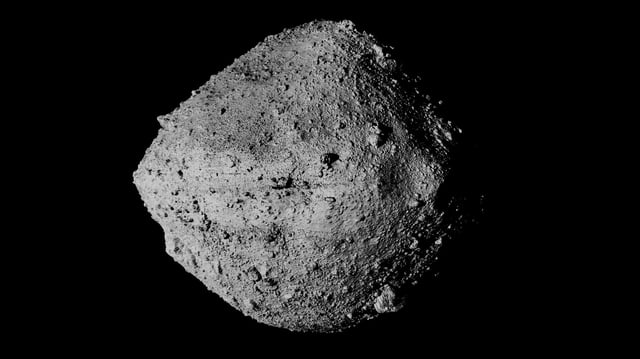Overview
- A trio of papers in Nature Astronomy and Nature Geoscience reports presolar stardust, interstellar organic matter, and high-temperature inner–solar-system minerals in OSIRIS-REx’s Bennu samples.
- Researchers infer that Bennu’s parent asteroid formed in the outer solar system, possibly beyond Saturn, before fragments were reassembled after a collision in the main asteroid belt.
- Roughly 80% of the analyzed minerals contain water, indicating pervasive low-temperature aqueous alteration with minerals forming, dissolving, and reforming over time.
- Micrometeorite impacts and solar wind left microscopic craters and impact melts on particle surfaces, revealing space weathering proceeds faster than previously thought.
- Comparisons with Ryugu samples and primitive meteorites show broad chemical and isotopic similarities that suggest a shared distant source region, with differences pointing to regional heterogeneity.



